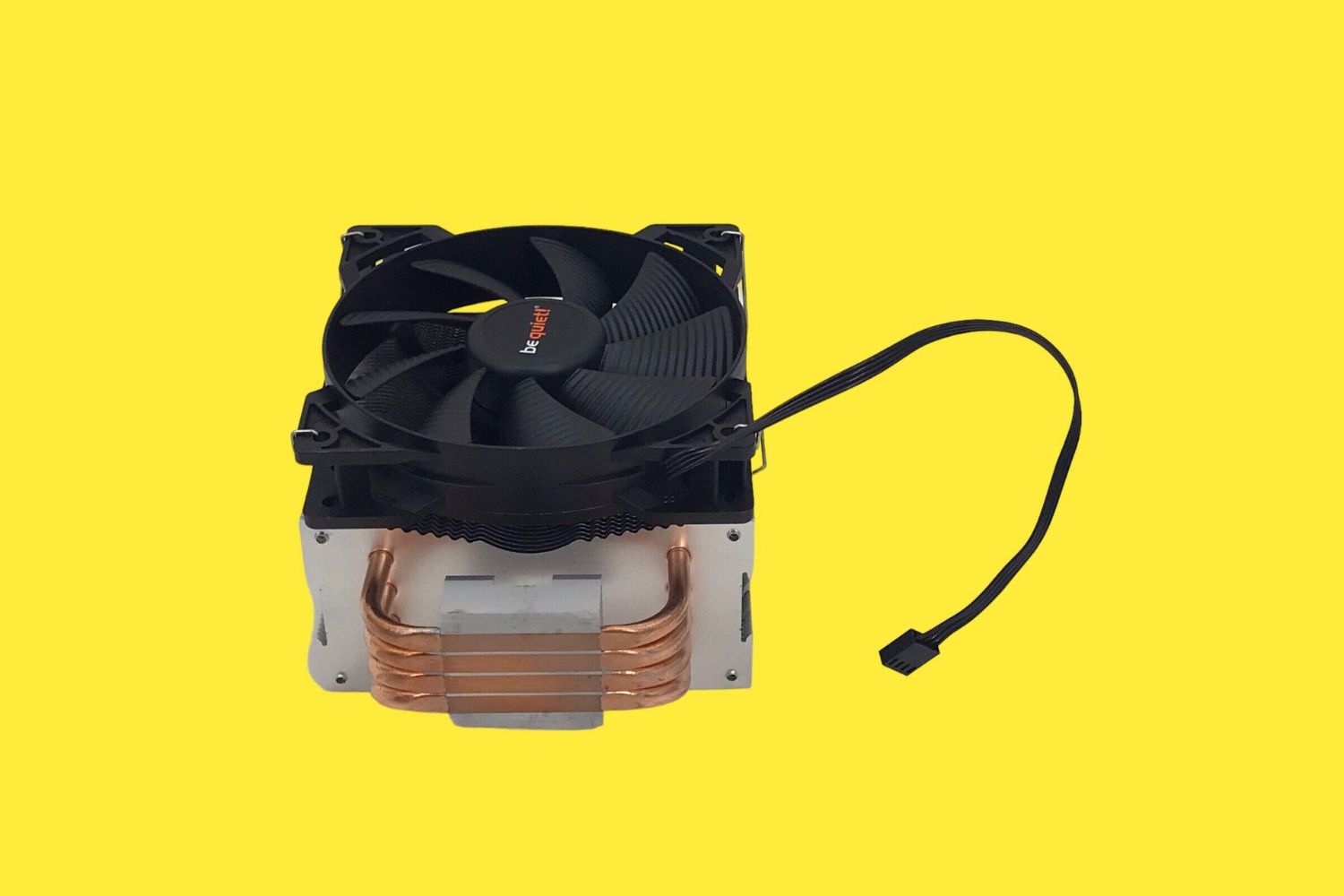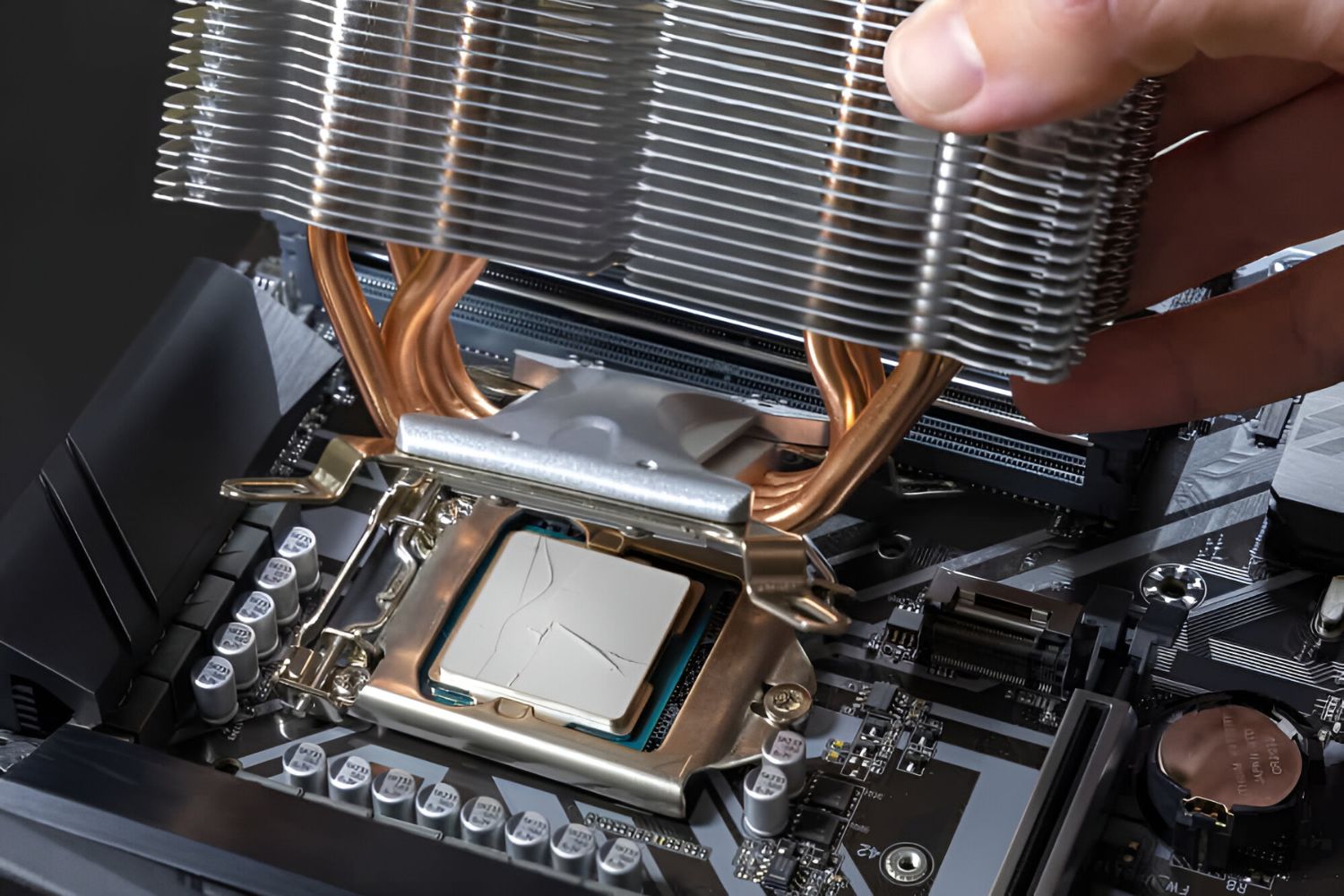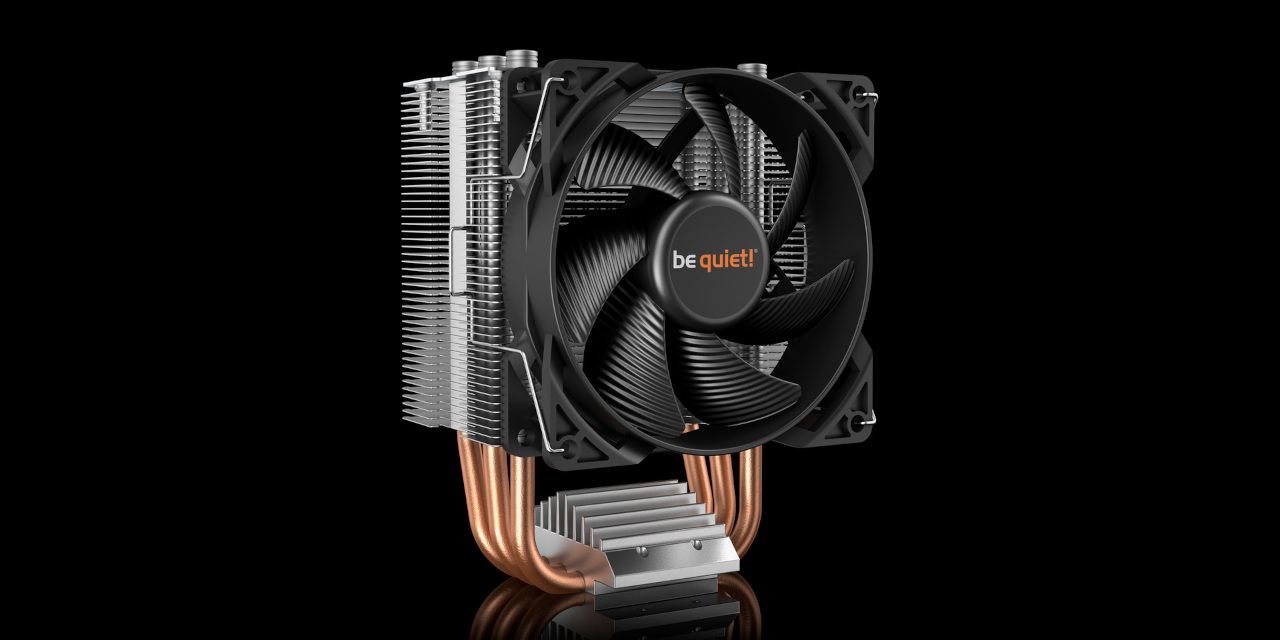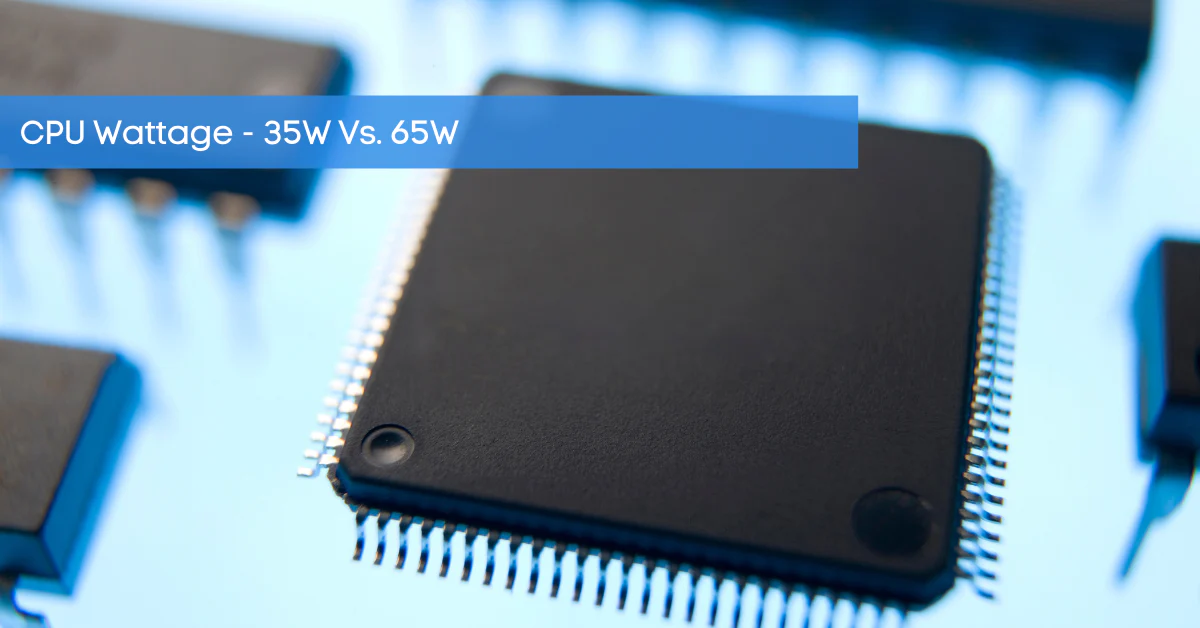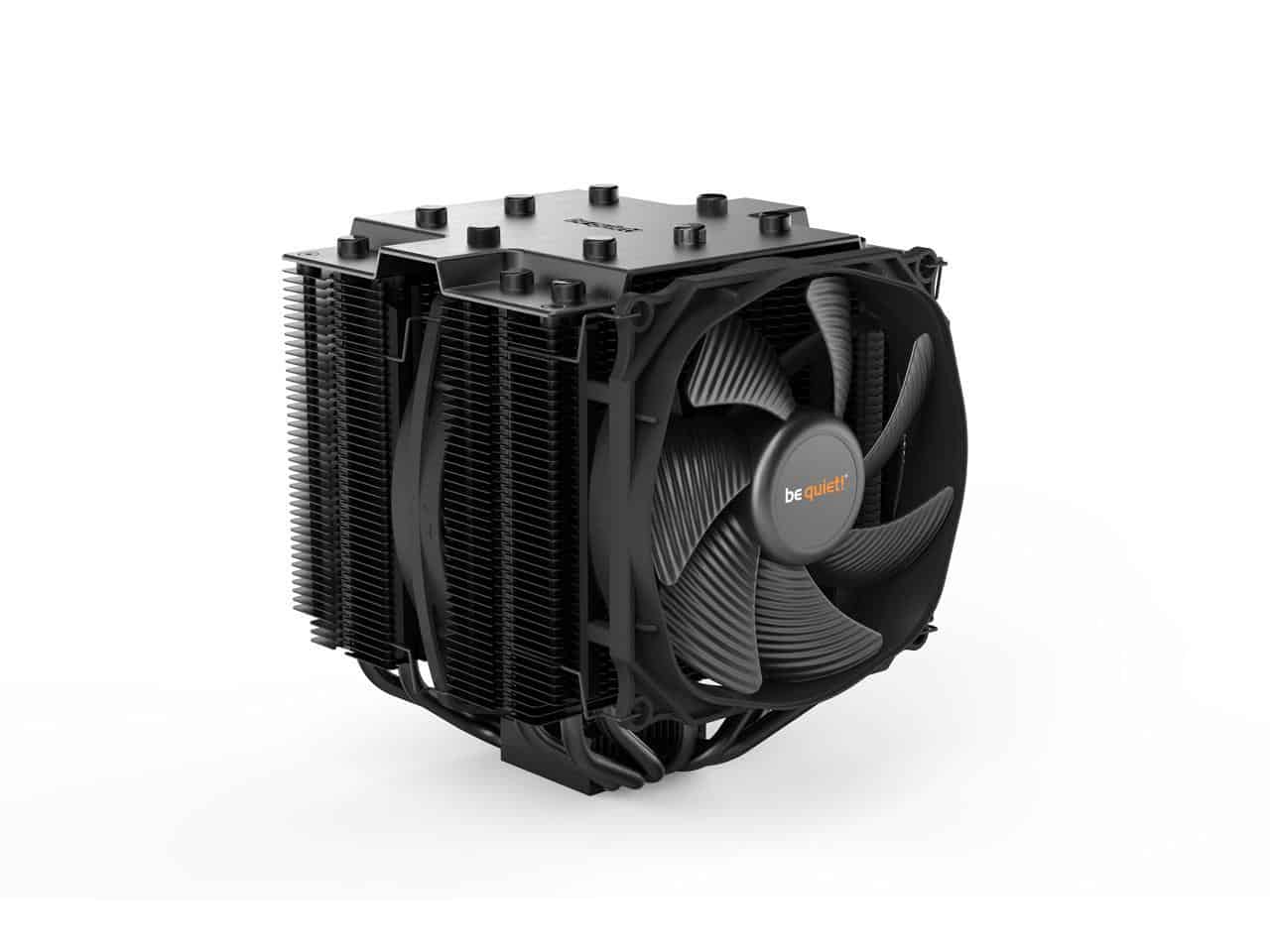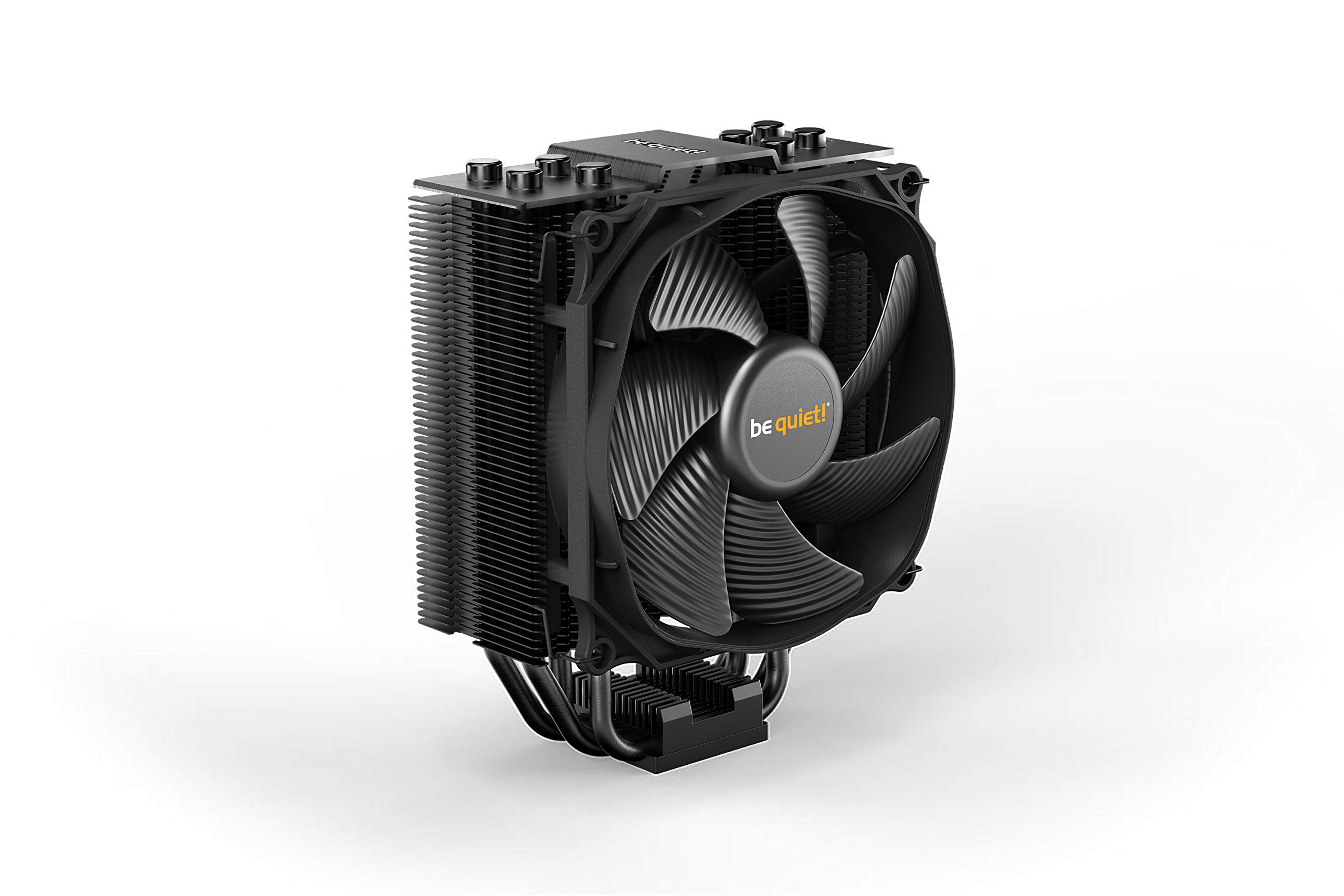Introduction
In the world of computer hardware, there are plenty of technical terms and acronyms that may leave you scratching your head. One such term is “CPU TDP.” If you’re new to the field or just curious about the inner workings of your computer’s central processing unit (CPU), you may be wondering: What is CPU TDP and why is it important?
Well, fear not! In this article, we will demystify the concept of CPU TDP, explain its significance, and explore its various implications. By the end, you’ll have a clearer understanding of why TDP is a crucial factor to consider when choosing and optimizing your CPU.
CPU TDP, which stands for Thermal Design Power, is a term used to measure the maximum amount of heat generated by a CPU under normal operating conditions. It indicates the power dissipation and cooling requirements of a processor. TDP is typically expressed in watts and offers valuable information for system builders, overclockers, and anyone looking to maintain optimal performance and the longevity of their CPU.
Before diving deeper into the details, it’s important to note that TDP should not be confused with power consumption. While power consumption refers to the actual electrical power consumed by a CPU, TDP represents the maximum amount of heat that the CPU will generate. However, TDP and power consumption are interrelated, as a higher TDP often translates to higher power consumption.
So why is CPU TDP important? Well, understanding the TDP of a CPU is crucial for several reasons. First and foremost, it helps determine the appropriate cooling solution for your CPU. If the cooling system isn’t capable of dissipating the amount of heat generated by the CPU, it can lead to overheating, reduced performance, and ultimately, damage to the processor.
Furthermore, TDP plays a crucial role in system design and optimization. When building a computer or upgrading its components, knowing the TDP of the CPU can help you choose a motherboard, power supply, and cooling solution that are compatible and capable of handling the heat output of the processor.
Additionally, TDP can provide insight into the expected performance of a CPU. Generally, CPUs with higher TDP ratings tend to offer better performance, as they can sustain higher clock speeds for longer durations. However, it’s important to note that TDP alone is not a definitive indicator of a CPU’s performance. Other factors, such as the number of cores and cache size, also influence overall performance.
Now that we have a general understanding of what CPU TDP is and its importance, let’s delve deeper into how TDP is measured and its relationship with CPU cooling, power consumption, and overclocking.
What Is CPU TDP?
CPU TDP, or Thermal Design Power, is a term that describes the maximum amount of heat generated by a CPU under normal operating conditions. It is an essential characteristic of a processor that provides valuable information for system builders, overclockers, and anyone looking to optimize the performance and longevity of their CPU.
TDP is typically measured in watts and indicates the power dissipation and cooling requirements of a CPU. It represents the thermal burden that a processor places on the cooling system and the maximum amount of heat that needs to be dissipated to prevent overheating.
It’s important to note that TDP is not the same as power consumption. While power consumption refers to the actual electrical power used by the CPU, TDP is solely focused on heat generation. However, TDP and power consumption are closely related, as a higher TDP usually results in higher power consumption.
Manufacturers determine TDP based on several factors, including the CPU’s architecture, transistor count, clock speed, and voltage. The TDP rating provided by manufacturers is a crucial specification that guides users in selecting the appropriate cooling solution for their CPU.
TDP plays a vital role in system design and optimization. It serves as a guideline for selecting compatible components such as motherboards, power supplies, and cooling solutions. Choosing a cooling system that matches or exceeds the TDP of the CPU is crucial to prevent overheating. Failure to adequately cool a CPU with high TDP can lead to performance degradation, system instability, and even damage to the processor.
Another important aspect of TDP is its relationship to CPU performance. In general, CPUs with higher TDP ratings tend to offer better performance capabilities. This is because processors with higher TDP can sustain higher clock speeds for longer durations, allowing for faster and more efficient processing. However, it’s important to note that TDP alone is not a definite indicator of a CPU’s performance. Factors such as the number of cores, cache size, and architecture also significantly impact overall performance.
Overall, understanding the concept of CPU TDP is essential for making informed decisions when it comes to selecting, optimizing, and cooling your CPU. By considering the TDP of a processor, you can ensure proper cooling, minimize the risk of overheating, and maximize the performance and longevity of your CPU.
Why Is TDP Important?
The Thermal Design Power (TDP) of a CPU is a vital factor to consider when it comes to the overall performance, cooling, and power consumption of a processor. Understanding why TDP is important can help you make informed decisions when selecting and optimizing your CPU.
One of the primary reasons why TDP is crucial is its role in determining the appropriate cooling solution for your CPU. The TDP rating of a processor indicates the maximum amount of heat it can generate under normal operating conditions. By choosing a cooling solution that matches or exceeds the TDP, you can ensure that the CPU remains within safe temperature limits. Failure to adequately cool a CPU with high TDP can result in thermal throttling, reduced performance, and potentially even damage to the processor.
In addition to cooling, TDP plays a significant role in system design and optimization. When building a computer or upgrading components, knowing the TDP of the CPU allows you to select compatible components such as motherboards and power supplies that can handle the thermal workload. By considering the TDP, you can ensure that the components you choose are capable of supporting the heat output of the processor, leading to a stable and efficient system.
TDP also provides insight into the expected performance of a CPU. Generally, processors with higher TDP ratings can sustain higher clock speeds for longer durations. This means that CPUs with higher TDP are likely to offer better performance. However, it’s important to note that TDP alone does not dictate the overall performance of a CPU. Factors such as the number of cores, cache size, and architecture also significantly impact the processor’s performance capabilities.
Moreover, TDP has implications for power consumption. While TDP and power consumption are not the same, there is a correlation between the two. CPUs with higher TDP ratings tend to consume more power, as they require more electrical energy to handle the increased heat generation. By considering the TDP, you can make more informed decisions regarding power supply capacity and energy efficiency, ultimately reducing energy costs and environmental impact.
Overall, understanding the importance of CPU TDP is crucial for selecting the right cooling solution, optimizing system design, maximizing performance, and managing power consumption. By considering the TDP of your CPU, you can ensure adequate cooling, system compatibility, and optimal performance, ultimately enhancing your overall computing experience.
How Is TDP Measured?
The Thermal Design Power (TDP) of a CPU is an important specification that provides valuable information about a processor’s heat generation and cooling requirements. But how exactly is TDP measured?
Manufacturers determine the TDP of a CPU through a combination of theoretical calculations and real-world testing. Here’s an overview of the process typically involved in measuring TDP:
1. Theoretical Calculations: Manufacturers start by estimating the TDP of a CPU based on its architectural design, transistor count, clock speed, voltage, and other relevant factors. These calculations provide a baseline estimation of the expected heat generation under typical operating conditions.
2. Thermal Testing: Once the theoretical TDP is estimated, manufacturers conduct extensive thermal testing to measure the actual heat output of the processor. These tests involve subjecting the CPU to rigorous workloads and monitoring the temperature changes using specialized equipment.
3. Power Measurements: In addition to thermal testing, power measurements are conducted to determine the power consumption of the CPU during various tasks. While TDP and power consumption are not the same, there is a correlation between the two. Higher TDP often indicates higher power consumption.
4. Fine-tuning: Based on the results of the thermal and power measurements, manufacturers may make adjustments to the initial TDP estimation. This process involves fine-tuning the TDP rating to ensure it accurately reflects the real-world behavior of the CPU.
5. Final TDP Specification: After conducting comprehensive tests and fine-tuning the TDP, manufacturers finalize the TDP specification for the CPU. This rating is then provided to consumers as a guideline for selecting compatible cooling solutions and optimizing system design.
It’s important to note that TDP is not a fixed value and can vary among different CPU models, even within the same product line. The TDP listed on a processor’s specifications sheet represents the maximum thermal load that it can generate under normal operating conditions. However, actual TDP may fluctuate depending on system configuration, workload intensity, and other factors.
Keep in mind that TDP is a standardized metric that allows users to make informed decisions when it comes to selecting cooling solutions, power supplies, and optimizing their systems. By understanding how TDP is measured, you can have a better understanding of the thermal characteristics of your CPU and make more informed choices regarding system design and optimization.
TDP and CPU Performance
The Thermal Design Power (TDP) of a CPU not only provides valuable information about its heat generation and cooling requirements but also has implications for its performance capabilities. While TDP alone is not a definitive indicator of a CPU’s performance, it plays a significant role in determining the expected performance of a processor.
Generally, CPUs with higher TDP ratings tend to offer better performance. This is because processors with higher TDP can sustain higher clock speeds for longer durations, allowing for faster and more efficient processing. The increased TDP allows these CPUs to handle greater power requirements, which in turn allows for improved performance.
However, it’s important to note that TDP is just one factor among many that influence CPU performance. Other factors, such as the number of cores, cache size, architecture, and instruction sets, also significantly impact the overall performance of a processor.
For example, a CPU with a high TDP and multiple cores may be capable of executing parallel tasks more efficiently, resulting in better multitasking performance. Similarly, a CPU with a larger cache size can store more frequently accessed data, reducing the need for data retrieval from slower system memory and improving overall performance.
It’s also worth mentioning that TDP and performance are often related to each other within the same CPU family or product line. Different models within the same family may have different TDP ratings, with higher TDP typically indicating higher performance capabilities. This is because higher-performing CPUs typically require more power to sustain their performance under heavy workloads.
However, it’s important to strike a balance when considering TDP and performance. CPUs with extremely high TDP ratings may provide unparalleled performance but may also require more substantial cooling solutions and consume more power. Additionally, there may be diminishing returns in terms of performance improvements as TDP increases. It’s crucial to consider your specific needs and usage requirements when selecting a CPU with the right TDP and performance balance.
Ultimately, TDP provides valuable information regarding the thermal characteristics and power requirements of a CPU. While CPUs with higher TDP ratings may offer better performance, it’s crucial to consider other factors, such as the number of cores, cache size, and architecture, when evaluating the overall performance of a processor. By understanding the relationship between TDP and performance, you can make more informed decisions when selecting a CPU that meets your specific performance requirements.
TDP and CPU Cooling
Thermal Design Power (TDP) plays a crucial role in determining the cooling requirements for a CPU. Understanding the relationship between TDP and CPU cooling is essential for maintaining optimal performance, preventing overheating, and protecting the longevity of your processor.
The TDP rating of a CPU indicates the maximum amount of heat it can generate under normal operating conditions. It provides valuable information for selecting an appropriate cooling solution that can efficiently dissipate this heat and maintain the CPU’s temperature within safe limits.
Choosing a cooling solution that matches or exceeds the TDP of your CPU is crucial to prevent overheating. If the cooling system is insufficient for the CPU’s heat output, the processor may exceed its safe operating temperature, leading to thermal throttling, performance degradation, and potential damage to the CPU.
There are various cooling options available, each with its own capabilities and limitations. Air coolers, such as heatsinks with fans, are common and cost-effective solutions for CPUs with moderate to high TDP ratings. These coolers rely on airflow and heat dissipation to keep the CPU cool.
For more demanding applications or overclocked CPUs, liquid cooling solutions are often preferred. These systems use a combination of liquid coolant and radiators to efficiently transfer and dissipate heat away from the CPU. Liquid cooling solutions typically have higher cooling capacities and can provide more efficient heat dissipation for CPUs with high TDP ratings.
It’s important to note that the effectiveness of a cooling solution is not solely determined by its TDP rating. Other factors, such as the fan speed, size of the heatsink or radiator, and the quality of thermal paste or interface between the cooling solution and the CPU, also impact cooling performance.
Proper installation and maintenance of the cooling solution are essential for effective heat dissipation. Ensuring proper contact between the CPU and the heatsink or water block, regular cleaning of dust and debris, and monitoring the temperature during operation are key in maintaining optimal cooling performance.
Additionally, the system’s overall airflow and case ventilation also play a significant role in CPU cooling. Proper cable management, strategic placement of case fans, and adequate airflow throughout the system can further enhance cooling efficiency and help dissipate the heat generated by the CPU.
By understanding the TDP of your CPU and selecting an appropriate cooling solution, you can ensure that your processor operates within safe temperature limits, preventing performance issues and potential damage. Regular monitoring of CPU temperatures and timely maintenance of the cooling system will help prolong the life of your CPU and maintain its performance over time.
TDP and Power Consumption
Thermal Design Power (TDP) is not only a measure of a CPU’s heat generation but also has implications for its power consumption. While TDP and power consumption are not the same, there is a correlation between the two.
Typically, CPUs with higher TDP ratings tend to consume more power. This is because processors with higher TDP require more electrical energy to handle the increased heat generation. The higher power consumption is necessary to sustain the CPU’s performance under demanding workloads.
It’s important to note that TDP is a thermal specification, whereas power consumption is an electrical specification. TDP represents the maximum amount of heat that a CPU can generate under normal operating conditions. Power consumption, on the other hand, refers to the actual electrical power consumed by the CPU.
While a higher TDP generally indicates higher power consumption, it’s essential to consider other factors that can influence power consumption. These factors include the CPU’s architecture, transistor count, clock speed, voltage, and workload intensity. Different CPUs with the same TDP rating may consume varying amounts of power due to differences in architecture and design efficiency.
Efforts have been made by CPU manufacturers to improve power efficiency without sacrificing performance. By optimizing the design and manufacturing process, CPUs with lower TDP ratings can deliver comparable performance to higher TDP CPUs while consuming less power.
For users concerned about power consumption and energy efficiency, choosing a CPU with a lower TDP can help reduce electricity costs and decrease the environmental impact of the system. CPUs with lower TDP ratings are generally more energy-efficient and can contribute to overall power savings, especially in systems that are idle or operating under lighter workloads.
When building or upgrading a system, it’s important to consider the power supply unit (PSU). The PSU should have sufficient capacity to handle the power requirements of the CPU, taking into account both TDP and power consumption. Oversizing the PSU can lead to inefficiencies, while undersizing it may result in instability or inadequate power delivery.
Ultimately, understanding the relationship between TDP and power consumption helps users make informed decisions regarding power efficiency, electricity costs, and environmental impact. By considering the TDP and the power consumption characteristics of a CPU, users can select a processor that aligns with their performance requirements while optimizing power consumption for their specific needs.
TDP and Overclocking
Thermal Design Power (TDP) is an important consideration when it comes to overclocking a CPU. Overclocking refers to the process of increasing a processor’s clock speed beyond its default settings to achieve higher performance. However, pushing a CPU beyond its specified TDP can have significant implications.
Overclocking typically involves increasing the voltage supplied to the CPU to achieve higher clock speeds. This increased voltage results in more power consumption and generates additional heat. If the cooling solution in place is not capable of handling the increased heat output, the CPU can overheat, leading to instability, system crashes, and even permanent damage.
The TDP rating of a CPU provides valuable information about the thermal limitations of the processor. It serves as a guideline to determine the appropriate cooling solution for the CPU, taking into consideration the increased heat output during overclocking. A cooling solution capable of dissipating the additional heat is crucial for successful and safe overclocking.
When overclocking, it’s important to ensure that the cooling solution matches or exceeds the TDP and can effectively handle the increased heat generated by the CPU. This may necessitate using more robust cooling options, such as high-performance air coolers or liquid cooling systems, to maintain stable temperatures.
Additionally, it’s important to pay attention to the power supply unit (PSU) when overclocking. Increasing the voltage and clock speeds of a CPU can result in higher power consumption. To ensure stable and reliable operation, the PSU should have sufficient capacity to supply the increased power demands of the overclocked CPU, taking into account both the higher power consumption and the TDP of the processor.
Another factor to consider when overclocking is the silicon quality of the CPU. Not all processors are created equal, and some chips may have better overclocking potential than others, even within the same model. The TDP rating of a CPU does not directly indicate its overclocking capabilities. It’s important to do proper research and testing to determine the overclocking potential of your specific CPU.
Furthermore, overclocking a CPU beyond its rated TDP may also void the warranty provided by the manufacturer. It’s crucial to check the warranty terms and conditions before embarking on any overclocking endeavors.
Overall, TDP serves as an important parameter for safe and successful CPU overclocking. It guides users in selecting appropriate cooling solutions and power supplies that can handle the increased heat output and power consumption. By considering the TDP and ensuring adequate cooling and power delivery, overclockers can achieve higher performance levels while mitigating the risks associated with increased heat and power requirements.
Conclusion
Thermal Design Power (TDP) is a crucial specification to consider when it comes to the performance, cooling, and power consumption of a CPU. Understanding TDP can help you make informed decisions when selecting and optimizing your processor.
TDP provides valuable information about a CPU’s heat generation under normal operating conditions. By selecting an appropriate cooling solution that matches or exceeds the TDP, you can prevent overheating and maintain optimal performance. Whether it’s choosing an air cooler, liquid cooling system, or considering case ventilation, ensuring proper cooling is essential for CPU longevity and stability.
TDP also has implications for CPU performance. While it is not the sole determinant of performance, CPUs with higher TDP ratings often offer better performance capabilities. They can sustain higher clock speeds for longer durations, allowing for faster and more efficient computing tasks.
In addition, TDP is closely related to power consumption. CPUs with higher TDP ratings generally consume more power, as they require more electrical energy to handle the increased heat generation. By understanding the relationship between TDP and power consumption, you can make choices that optimize energy efficiency and reduce electricity costs.
It’s important to note that TDP plays a significant role in overclocking as well. Pushing a CPU beyond its rated TDP requires careful consideration of cooling solutions, power supplies, and understanding the potential risks of voided warranties and increased power consumption.
Overall, TDP is an essential factor to consider throughout various stages of your CPU lifecycle. Whether you are building a new system, upgrading components, or considering overclocking, understanding TDP allows you to make informed decisions about cooling solutions, power supplies, and system optimization, while balancing performance and power efficiency.
By taking into account the TDP of your CPU and making the necessary considerations related to cooling, performance, and power consumption, you can ensure a stable, efficient, and reliable computing experience while maximizing the lifespan of your processor.









